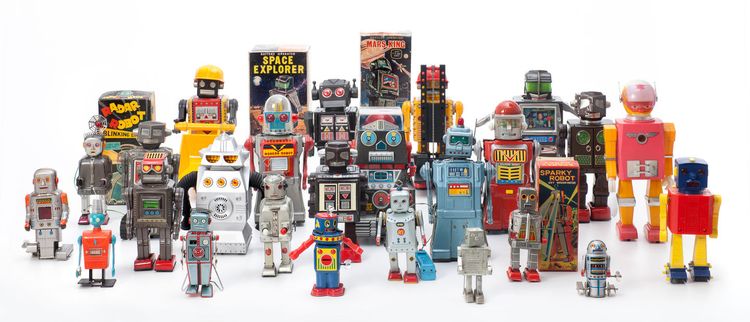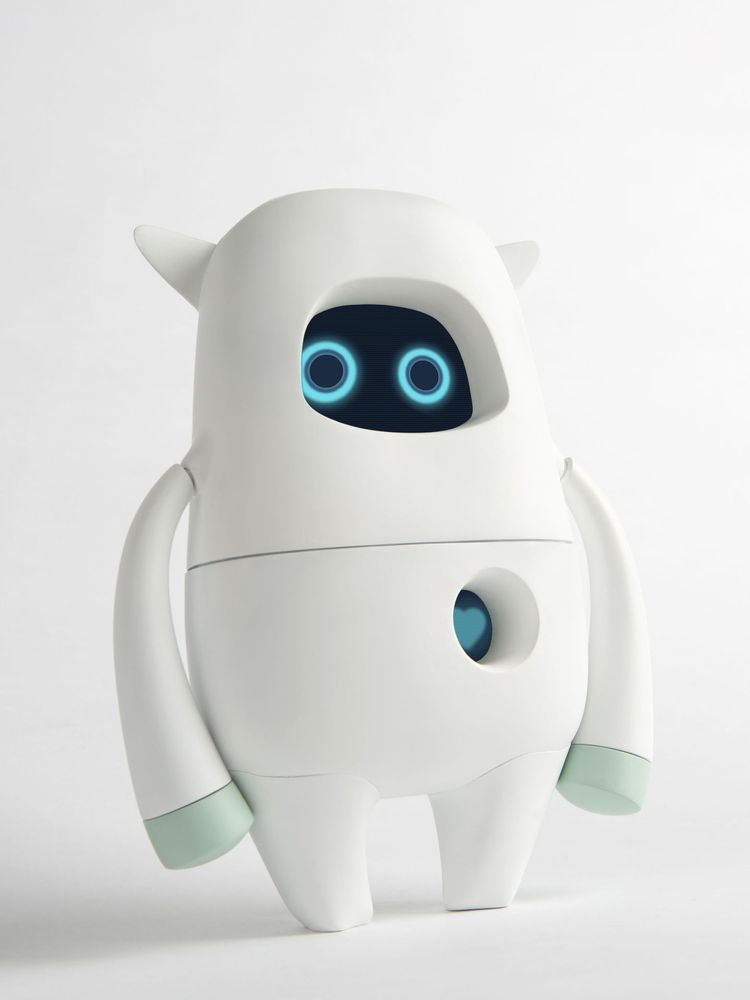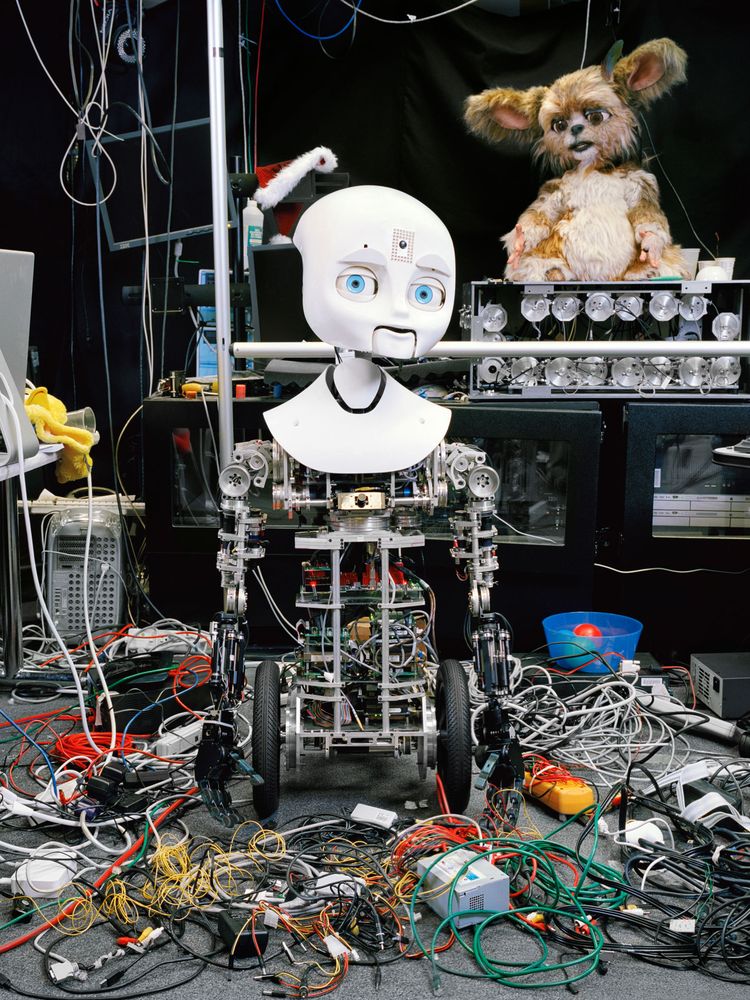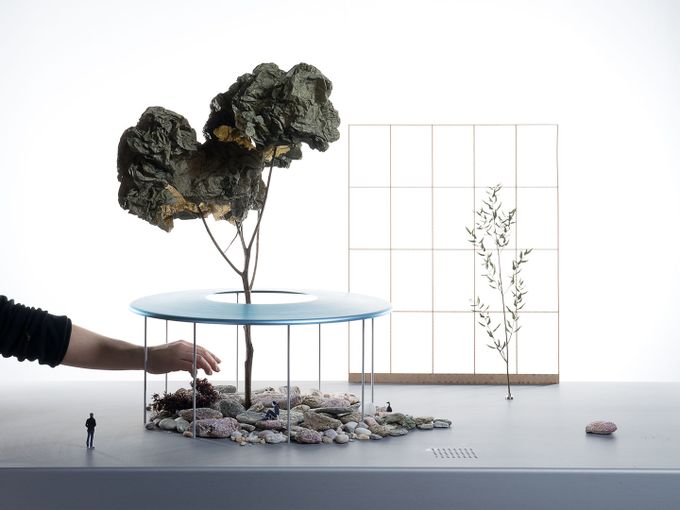製品チェアラウンジチェアソファオフィスチェアシェーズロングスツール・ベンチ彫刻的家具ミーティングチェアエアポートベンチ収納システム家具テーブルカフェテーブルローテーブルデスクデスクシステムミーティングテーブル照明時計オブジェコートラック・壁付け棚トレー・ボウル・カップ新作ベストセラーカラー & マテリアルVitra Online Shop →アレキサンダー・ジラードアントニオ・チッテリオバーバー・オズガビーチャールズ & レイ・イームズジョージ・ネルソンヘラ・ヨンゲリウスイサム・ノグチラウンジチェア ファインダーギフト ファインダーオフィスチェア ファインダー修理・メンテナンススペアパーツお手入れ方法製品保証プログラムVitra Circle StoresMynt: sit differentlyAntony Limited Edition 2025事例リビングルームダイニングルームホームオフィスキッズルームアウトドアホーム ストーリーARシミュレーションカラー & マテリアルHome Selectionワークスペースフォーカスミーティングワークショップクラブ オフィスシティズン オフィススタジオ オフィスダイナミック スペースホスピタリティ空港教育施設コワーキング医療施設クライアント事例Destination WorkplaceA case for classicsオフィスチェアDancing Officeホーム ストーリーThe Home Selection fabrics from Kvadrat and DedarARシミュレーションSchool of Design: Showcase work and knowledgeA case for classicsカラー & マテリアルAn open house An office landscape - without walls or partitionsHigh comfort of low energyA leading space for a leading art collegeサービス修理・メンテナンスお手入れ方法製品保証プログラムお問い合わせ組立・取扱説明書コンサルティング & プランニングVitra Circle StoresConsulting & planning in the VitraHausInstructionsOutdoor care instructionsRepair, maintenance, overhaul at the Vitra Circle Store Campus プロ向けCAD データ製品情報証明書サステイナビリティ レポート組立・取扱説明書環境情報pConプランニング例カラー & マテリアル証明書Home Selectionディーラー専用サイトクライアント事例MyntDestination Workplace: Visit our clients and partnersAnagram SofaMikadoTyde 2 on castorsACXDancing Officeオフィスチェアマガジンストーリーインタビュー展覧会デザイナープロジェクト ヴィトラA Capsule in TimeSeeing the forest for the treesRefining a classicMynt is a lifetime achievement to meまるでタイポグラフィのようなV-Foamデザインアイコンたち人と人を繋ぐオフィスLet there be light!ソーシャル シーティングJust Do It!EVER GREENWhy the Eames La Fonda Chair was designedWhen a Sofa is more than just a Sofa: Anagram100% ヴァージンウール – 100% リサイクル可能アーカイブはまるでタイムカプセル「ヴィトラハウス」ロフト - サビーネ・マルセリスとの対話1000 m2 の家具おもちゃから生まれた鏡試行錯誤 - イームズ アーカイブ コレクションヴィトラとイームズヴィトラ キャンパス展覧会ガイドツアー・ワークショップカフェ・デリショップアクティビティ建築イベントConsulting & planning in the VitraHausサービス案内アプリイベントニュースVitaHaus / ヴィトラハウスVitra Design Museum / ヴィトラ デザイン ミュージアムVitra Schaudepot / ヴィトラ シャウデポVitra Circle Store Campusアウドルフ ガーデンヴィトラとはサステイナビリティJobs & CareersDesign processThe Original is by VitraHistory - Project VitraVitra Online Shop
Hello, Robot.
A new exhibition at the Vitra Design Museum

The exhibition ‘Hello, Robot. Design between Human and Machine’ opened at the Vitra Design Museum on 11 February. It offers the first in-depth study of the current robotic boom – with examples of robots from homes, industry, medical science, film and literature. We conducted an interview with the curator Amelie Klein.
The exhibition ‘Hello, Robot’ demonstrates how today’s robotic trend is transforming our lives – and how design is changing robotics. Why is the discussion about robots also a discussion about design?
There can be no doubt that we are heading towards a more intelligent, more autonomous – more robotic – living environment than the one we know today. And design has a responsible role in creating this new living environment, because it is through design that we can influence how and where we encounter the smart objects and systems that surround us, how we interact with them – and they with us.

Should we be excited or worried about a future with robots?
There is no easy answer to this question. It depends on your viewpoint, on the particular robot or robotic system you are looking at. However, this question should be secondary to the really important question we need to ask ourselves: how do we want to shape our future with the robots that are already amongst us and will continue to live beside us? We tend to think that robots are still to come: very few people would in fact say that they have actually encountered a robot – at least one they would describe as such. This is because we somehow expect robots – when they finally ‘arrive’ – to be humanoids.“Our relationship to robots and robotic systems will probably remain ambivalent.“
But in reality, we are already surrounded by robots and robotic systems that are capable of assuming every conceivable physical or digital form, material quality, scale and intelligence level: from drones to self-checkouts, from cranes to nanobots, and from vacuum cleaners with the intelligence of an amoeba to online chatbots that can engage us for hours. So the question whether we should be excited or worried about robots is perhaps less pertinent than whether we should trust the political-economic complex of humans, organisations and infrastructure that stands behind them. What we have found in our research for this exhibition is that the future is ambivalent, and that our relationship to robots and robotic systems will probably remain so. It is therefore possible to be both wowed and worried at the same time.

Will robots really steal our jobs? And if so, when?
In many cases, they have already stolen our jobs. But what we should not forget is that the fear of losing jobs to new technologies is as old as the first industrial revolution. In those days it was looms and steam engines that rendered hundreds of thousands of jobs obsolete. Since then, every technological leap has triggered the same discussions: most recently with the PC in the 1980s, the Internet in the 1990s, and now with robots. Time has shown that we have always found new areas of employment, even if working conditions have changed dramatically since the eighteenth century. With the many works by architects, designers, filmmakers and artists on display in ‘Hello, Robot’, we try to shed light on the current debate from different perspectives, against a background of technological and social change.Hello, Robot. Design between Human and Machine
11.02.2017 – 14.05.2017
Vitra Design Museum, Vitra Campus
11.02.2017 – 14.05.2017
Vitra Design Museum, Vitra Campus
Publication Date: 16.02.2017
Author: Vitra
Images: Vitra Design Museum


